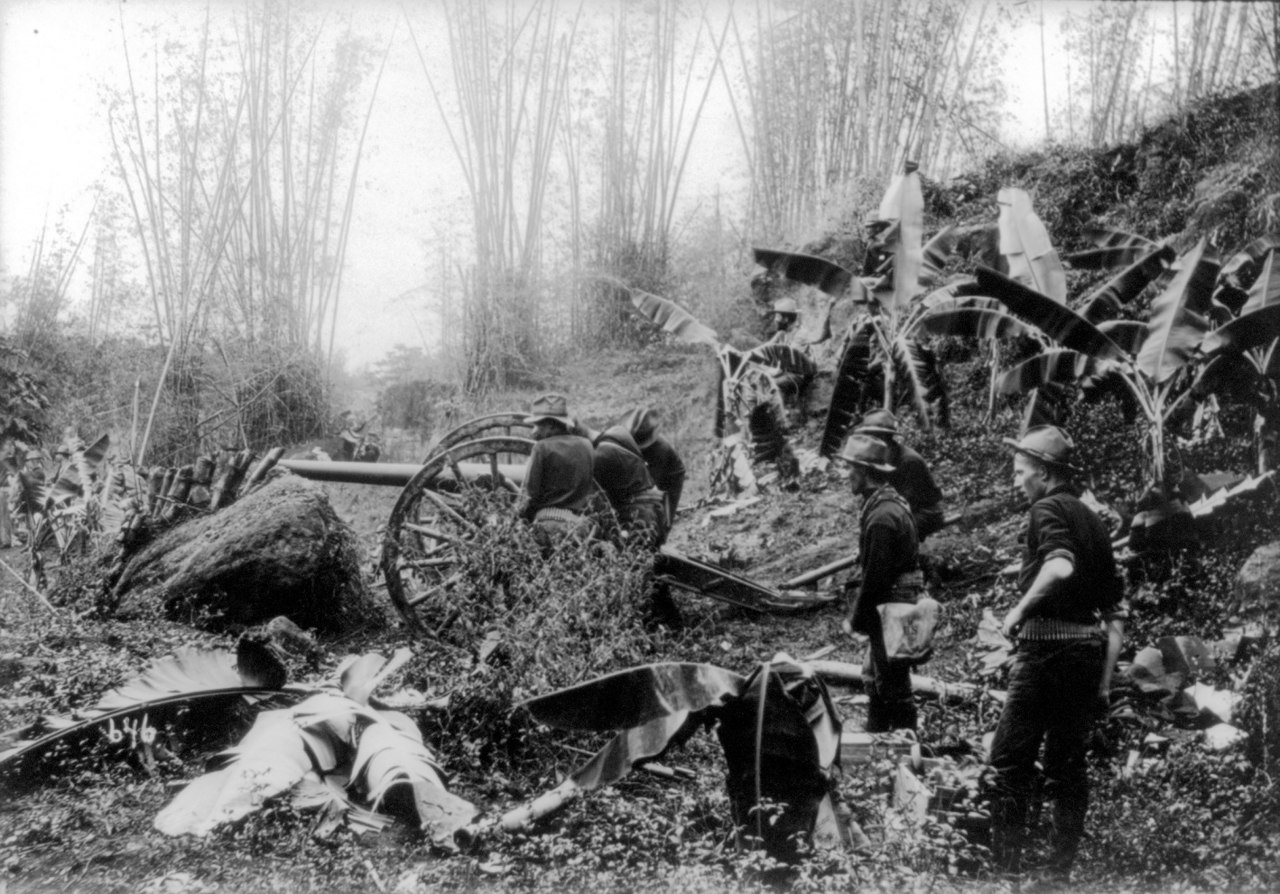Can you imagine working for a really horrible boss at a restaurant for years? And it’s the kind of boss who fires your work friends and makes a nervous wreck while you’re at work. Then one day, his boss shows up and publicly fires him. You and your workmates can’t help but smile as your horrible boss packs his things and leaves. You’re all hoping to have new and better working conditions from your new boss. Well, that is the kind of hope and happiness that many Filipinos felt after the Americans defeated the Spaniards in 1898. The Filipinos thought that things would get better now that the Americans were in charge.
Well, that’s what many Filipinos thought after the June 12 declaration of independence by Emilio Aguinaldo. However, it seems that the Americans had a different idea in mind for the Philippines. While Cuba received a ticket to the road of independence, the Filipinos did not get straight answers from the American occupiers.
This was because the Americans had no intentions to grant the Philippines their independence. After they had gone to war to free Cuba, the Americans considered the Philippines as the icing on the cake. Aside from that, the Americans didn’t know who this Emilio Aguinaldo was, and they did not know if he could be trusted at all. Because from their perspective, Aguinaldo seemed to be just another dictator. The Americans wanted someone they could trust if they were going to install a dictator in another country.
That is why the United States opted for a benevolent assimilation program, and they agreed to protect and supervise the Philippines until they can handle governing themselves. In short, the Americans were going to stick around and take over the country until the Philippines figured out how to get rid of Aguinaldo. But the plans to remain in the Philippines and other foul languages that Americans used reached Aguinaldo, and he wasn’t pleased about it.
The Rebellion of the Filipino
The situation was growing more intense by the day as Filipino nationalists protested more for their independence while the Americans are trying to turn the Philippines into their own possession. In 1899, a full-fledged rebellion broke out, and it was led by none other than Emilio Aguinaldo himself. This later became known as the ‘Filipino-American War.’ After several bloody armed conflicts, the superior American forces regained much of the Philippines. That is why by 1902, the two parties decided to negotiate for peace.
But as the war ended, the Filipinos were left with an unsure vision of their future as the Americans promised to give them a permit of self-governance eventually. But they were also clearly enjoying the advantages of having a significant possession that is close to Japan, China, and India.
In the war’s aftermath, the Americans started to meddle more and more in the Philippines’ internal affairs. They even messed with the power of the Catholic Church, which has never been disputed before. The Americans took back thousands of acres of land and distributed it to poor farmers. This move helped the Americans guarantee a considerable amount of support from the masses, but it did not exactly please the elite. Aside from this, the Americans also English as the principal language to be used in business and education, which means that new elites now can surpass well-established families.
The Philippines’ Slow March to Independence
As the years passed, the Americans realized that they will eventually have to give the Philippines their independence. That is why they constructed the 1902 Philippine Organic Act, which granted the Philippines some minimal rights. However, it wasn’t until 1916, when the Philippine Autonomy Act was established, and it actually promised independence for the Philippines.
The Philippines was transformed into a Commonwealth in 1934, which granted them more power over their own affairs. The original plan stated that the Philippines should gain complete independence in 1944. However, when 1944 came, the country was divided between the Americans and Japanese, who were at war with each other, so the Philippines ’ independence waited until World War II was over in 1946.

